I'm looking for a way to split a number of images into proper rectangles. These rectangles are ideally shaped such that each of them take on the largest possible size without containing a lot of white.
So let's say that we have the following image

I would like to get an output such as this:

Note the overlapping rectangles, the hole and the non axis aligned rectangle, all of these are likely scenario's I have to deal with.
I'm aiming to get the coordinates describing the corner pieces of the rectangles so something like
[[(73,13),(269,13),(269,47)(73,47)],
[(73,13),(73,210),(109,210),(109,13)]
...]
In order to do this I have already looked at the cv2.findContours but I couldn't get it to work with overlapping rectangles (though I could use the hierarchy model to deal with holes as that causes the contours to be merged into one.
Note that although not shown holes can be nested.